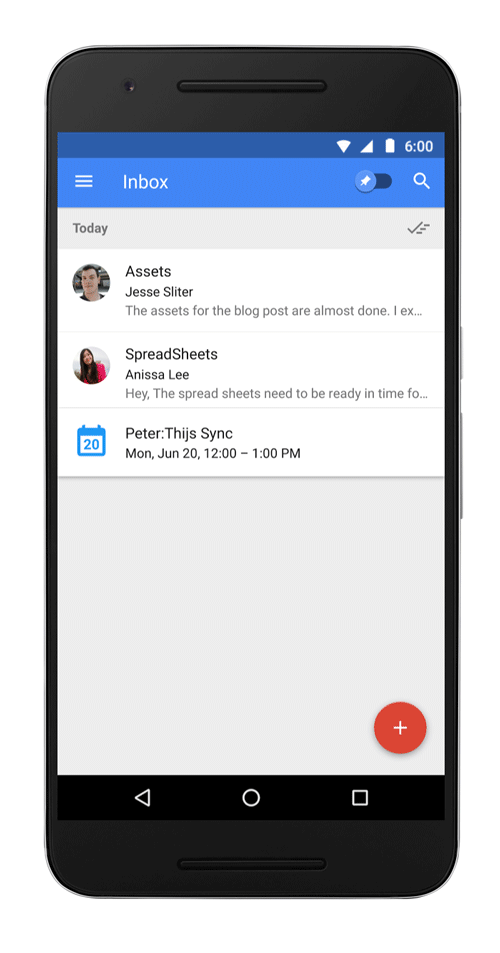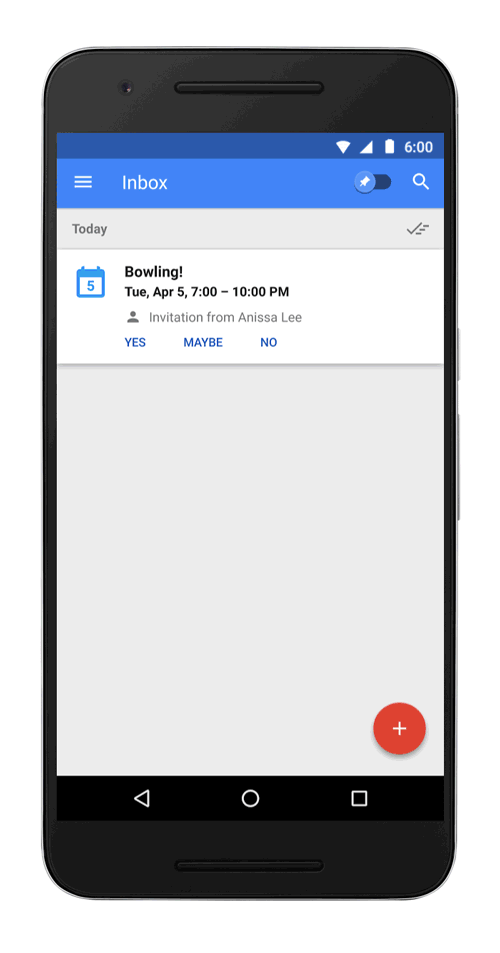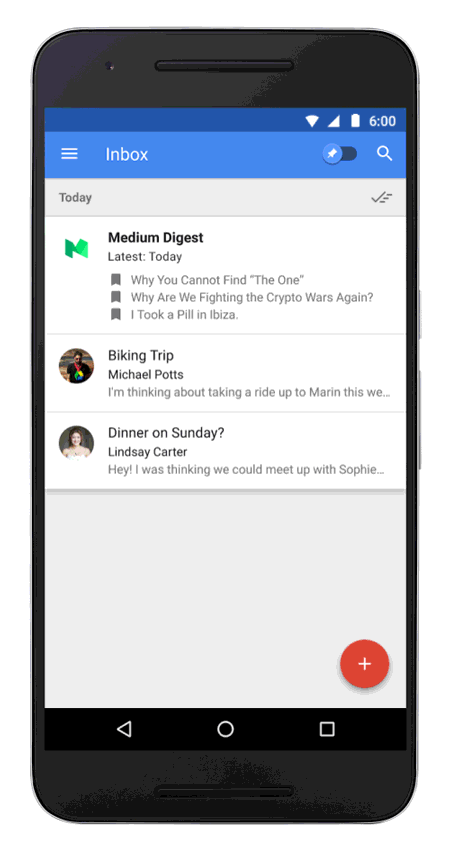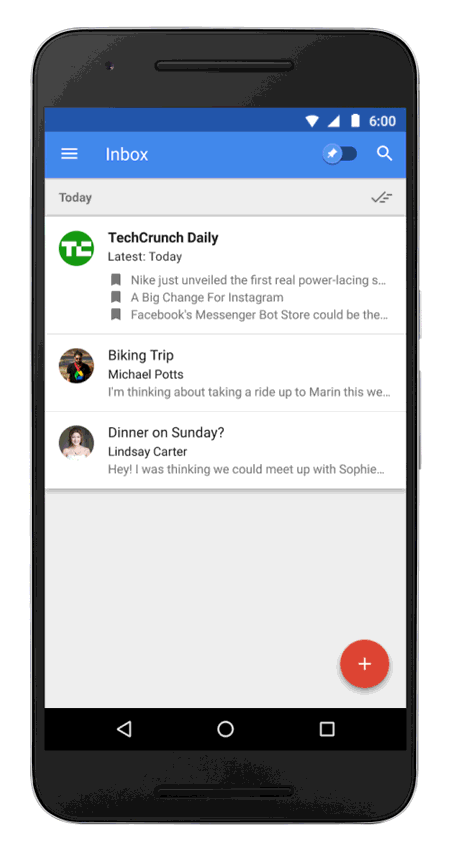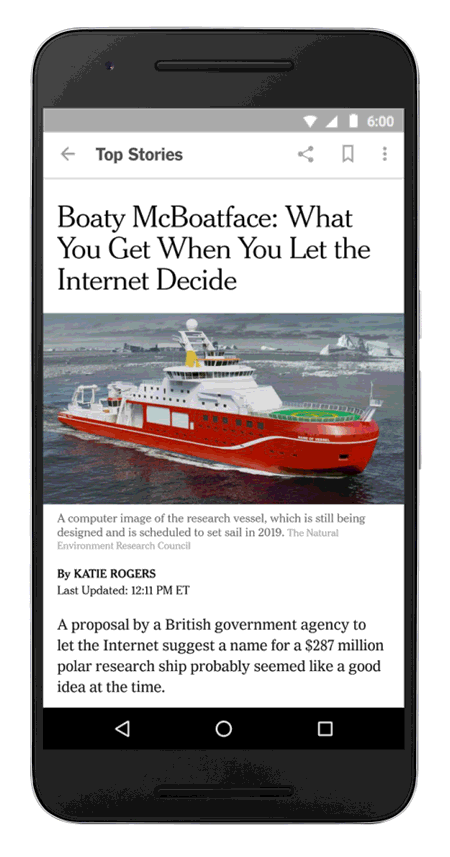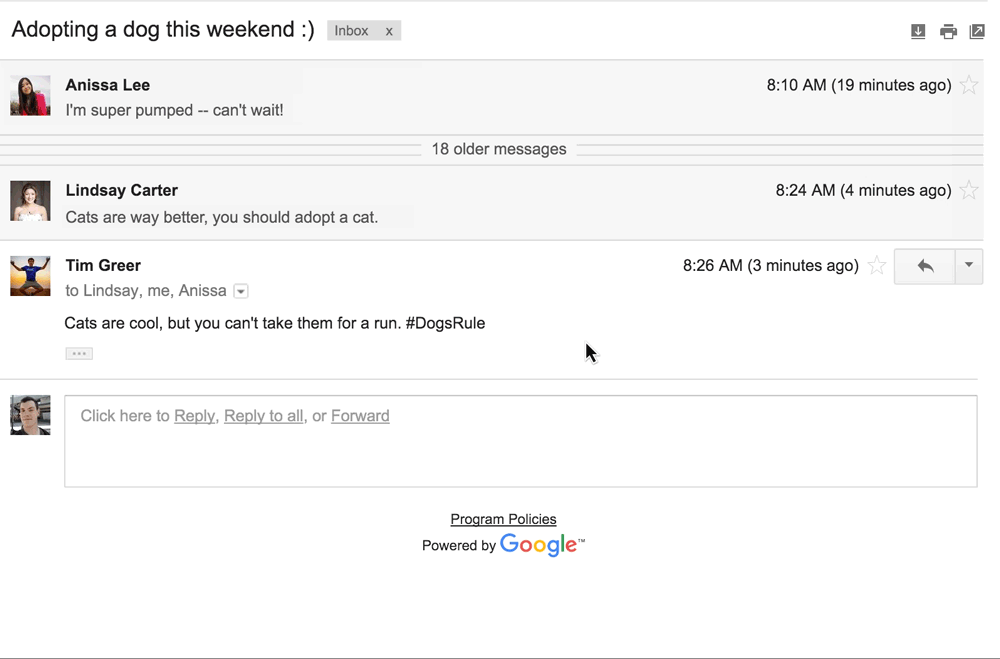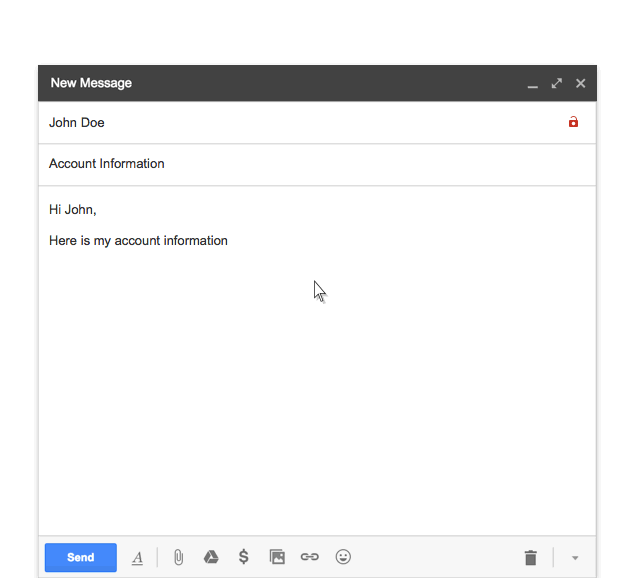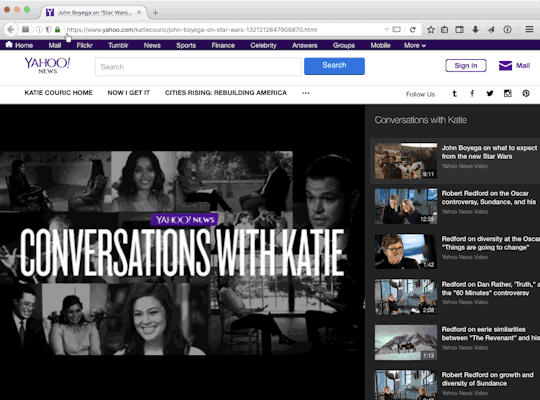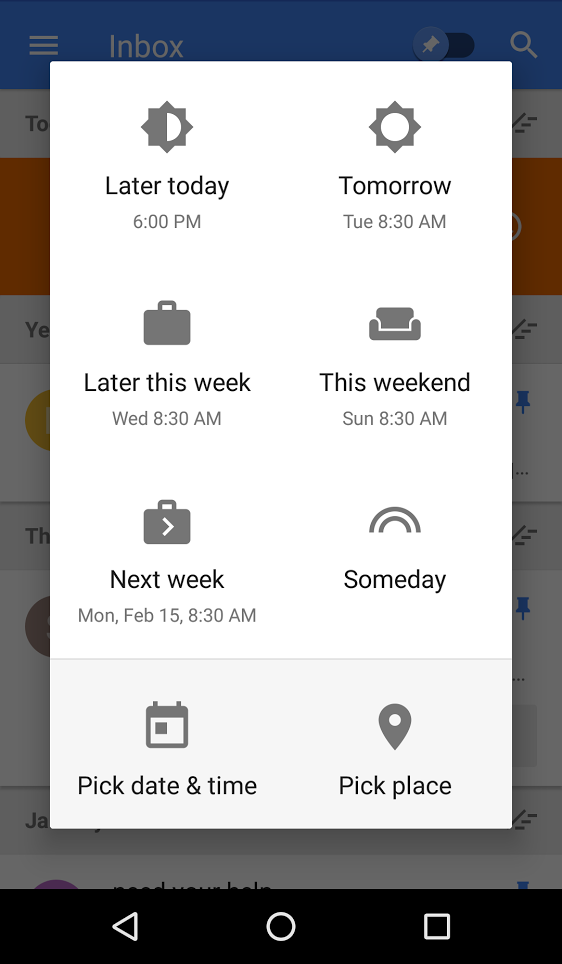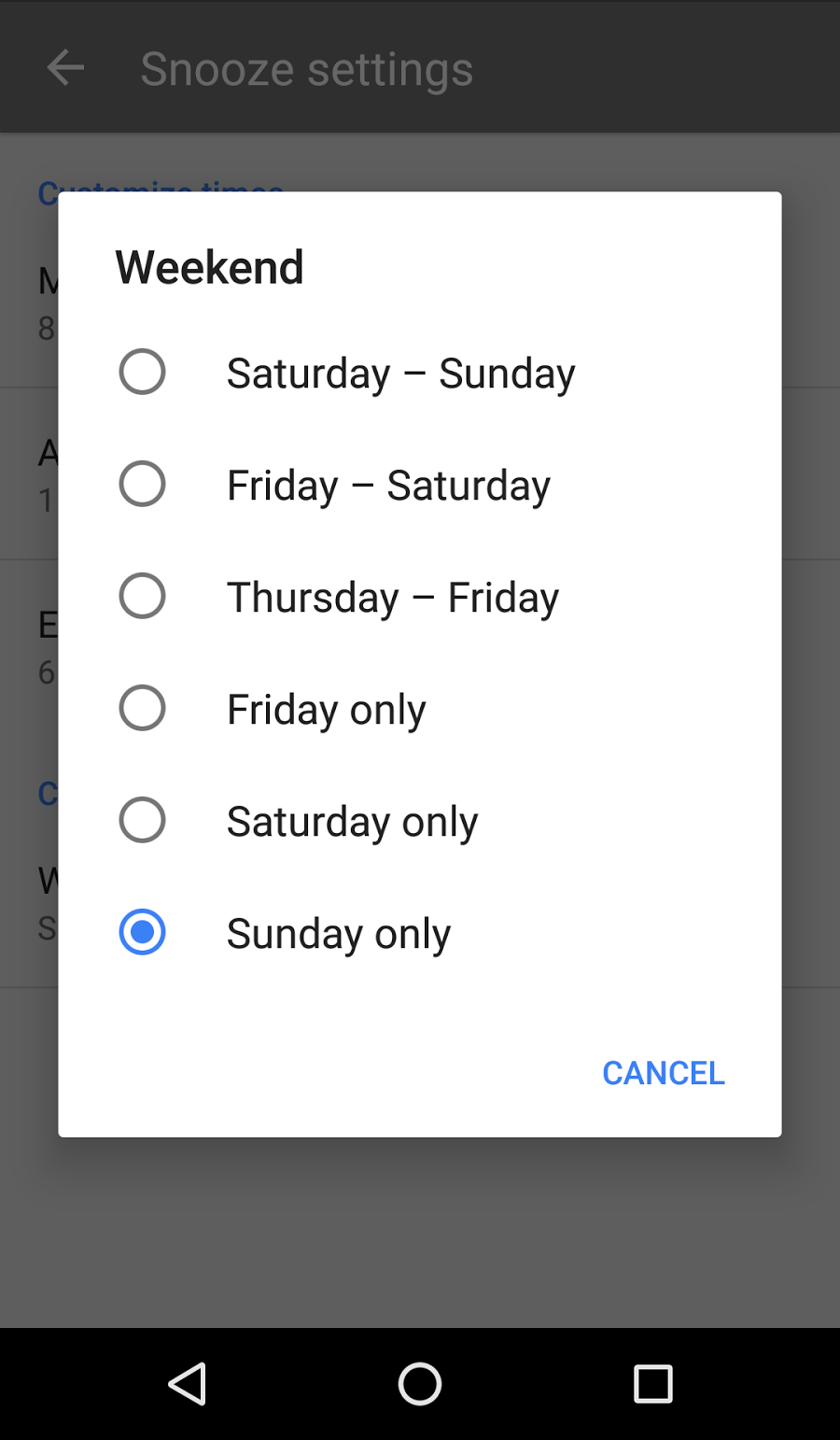The world is in an era where technology is changing fast and affecting the way people communicate. The business sector is one of the industries that has been changed by technological advancements. Big amounts of data are generated daily from different sources, such as email communication.
To respond better to emails and enhance customer satisfaction, companies must sync their devices across the board. Enterprises use emails across different platforms, and syncing them on the business’s daily functioning improves accessibility and response time. Email syncing avails both current and historical email communications in a company.
What does email syncing mean?
To sync means to back up data from multiple sources or devices and to avail it on multiple devices at the same time. The data can be in various forms, such as calendar events, emails, videos, or photos. When emails are synced, it is availed from different platforms or servers into a single platform.
Syncing helps streamline a company’s email processes. The top beneficiary of email syncing is the sales or marketing team because they can manage all incoming and outgoing emails from one place. It helps improve the team’s productivity and boosts sales in a company.
The syncing process combines different sets of tools, software, and systems that create a seamless marketing strategy. One of the main tools used in email syncing is the Salesforce plugin for Gmail integration. Revenue Grid automatically updates your Salesforce by capturing all activities from your Gmail inbox. Its auto-capture feature allows your marketing team to collect all information from the meetings, emails, and tasks and update them in the Salesforce records at the same time.
Why is email syncing in a company important?
Email syncing provides an instant update of your inboxes in real-time. Bringing your emails into one place provides the marketing team with multiple benefits.
All communication can be viewed from one place
It is harder to track communication when it is coming from different sources or devices. The sales/marketing team has to keep switching from one device or platform. It takes more time to check all emails and respond to each, which could lead to lost business opportunities.
Syncing brings all your communication to one place, making it easier to view different communications from clients. The sales team can easily respond to emails according to priority and customize responses according to customer needs.
It is easier to develop detailed email lists
Building email lists is beneficial to marketing teams in different ways. It makes it easier for them to segment customers and create marketing content unique to each segment. This type of content can be newsletters, marketing videos, and product suggestions. The syncing tool integrates all emails from different channels into one platform. The marketing team saves time by making sure every important piece of information needed is in one place. The team enhances productivity which helps increase sales.
Sending automated emails
Creating different content for each market segment and sending it to individual recipients takes more time. When the email lists are long, some of the customers may fail to receive their emails in time, or they may receive the wrong content. Automating email workflows ensures each recipient gets the right content at the right time. Email automation has several benefits for a company.
- The marketing team nurtures leads into customers, which increases sales.
- Automation doesn’t need human intervention. All that the marketing team needs to do is to create the content and set up the lists according to recipients, time, and day. The system automatically sends the emails to the right recipients when needed.
- The marketing team can easily view email engagements. Some of the tools allow the marketing team to view who received emails and the action they took. That way, they can make product suggestions to the customer and increase sales opportunities.
- Raises brand awareness. Email automation ensures a consistent marketing strategy. The company appears better organized to clients, which increases brand reputation.
Better return on investment
The marketing team must generate a report on the performance of each marketing campaign. Syncing allows the team to see how each campaign performs, and they can use the information to improve marketing strategies for each market segment. Email syncing positively impacts a company’s return on investment.


![How Safe Are Your Emails From Phishing Attacks? [infographic]](https://www.avanan.com/hubfs/website/img/infographics/How-Safe-Are-Your-Emails.jpg)












